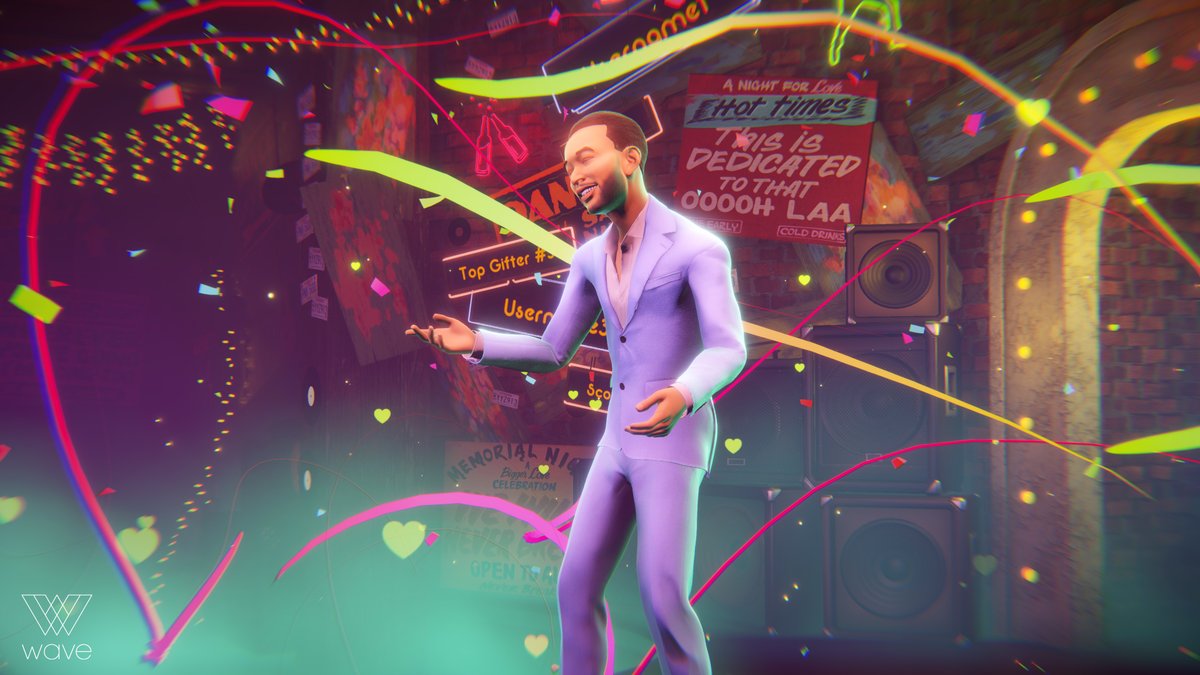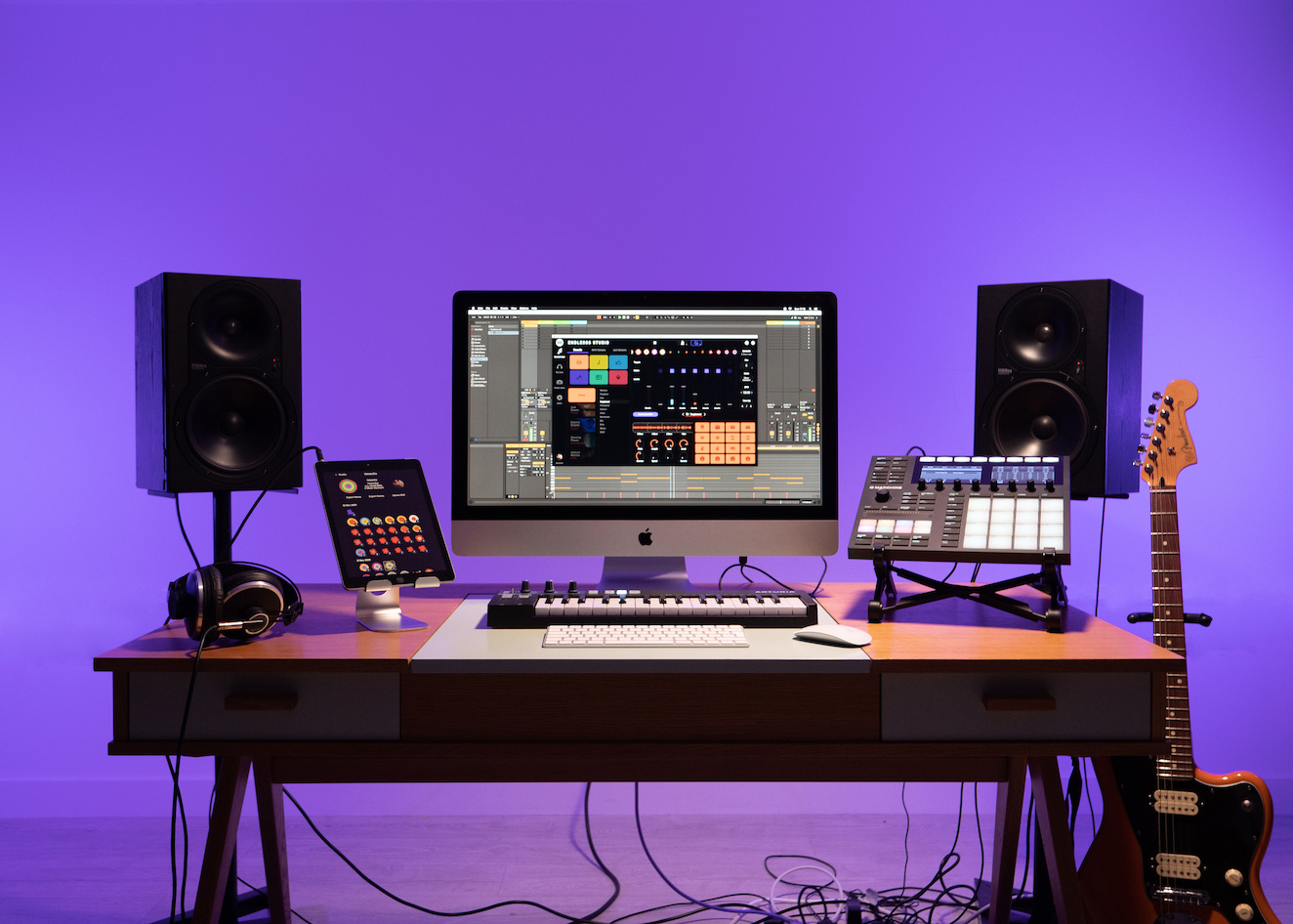Smarter Playlists is still the best way to ‘automagically’ create and update playlists on Spotify. The tool, made by Paul Lamere of music data firm The Echo Nest (now Spotify), provides you with countless ways to source music, combine it, filter it, sort it and turn it into playlists.
I hinted at the value of Smarter Playlists / Playlist Machinery when I wrote about playlist strategy in a previous post titled If you want to start a music brand, don’t wait until the pandemic is over. Here’s how to use it.
Music discovery
Not everyone needs a playlist strategy, but everyone reading this is crazy about music and always curious to explore more. Here are some examples of recipes that surface gems.
New Music Friday… but high-energy from around the world
Fridays are when new music is released and Spotify helps surface that new music in numerous ways. It has its the algorithmic Release Radar which lets you listen to tracks from artists you personally follow. It also has New Music Friday playlists for specific territories that are editorial and mostly pop-focused.
I love seeing how trends emerge and are adopted around the world and have a soft spot for high-energy music, so I created a weekly tool to scout new tunes.

A lot happening in this screenshot, so let’s break it down by steps.
Firstly, all of the data streams in from the left and streams out (to a Spotify playlist) on the right. In between, there are various steps which either combine data (e.g. tracks from different playlists), filter, or sort it.
- First I added a number of Sources. The Sources are Spotify’s New Music Friday (NMF) playlists from various regions. You copy the playlist URI and add it to the box. I’ve changed the box names to the region it’s sourced from.
- Since the international NMFs also tend to feature the world’s biggest pop stars, who I’m already familiar with, I took the global New Music Friday playlist (which has over 3M followers) and connected it to the mixer with a red line. This ‘bans’ all the tracks on the global NMF playlist and essentially filters out the global hits from progressing down the workflow, in case they’re present on any regional playlist.
- Since I’m working with 7 input sources, I set the mixer’s max tracks to a few thousand. Otherwise it clips to a low number by default.
- It’s Friday – I want energy (tbh, I always want energy). So I took the energy filter and set it to ‘most energy‘. This filters out all tracks that are not energetic.
- Next, I’ve sorted the stream by artist popularity and picked ‘reverse’, so that the most popular artist shows up on top of the list. This is counter-intuitive, but it makes sense if you dive into how they rank artist popularity numerically. I do this, because if people visit the playlist and play track 1, it makes it more likely it fits current trends and expectations and people are less likely to move on to another playlist.
- But life shouldn’t be too predictable. So I’ve used ‘weighted shuffle‘, which lets you set the degree to which you want the list to be randomized. If you want things to be roughly in order of popularity, you set it to 0.1.
- In the above recipe or formula, I save the output to an existing Spotify playlist in my collection. I’ve chosen to overwrite, but you can also select to append. Additionally, you can choose to create a new playlist altogether.
- Hit the play button to run your workflow, check if the output makes sense in the Tracks tab and also check your Spotify library for the playlist.
I’ve used the scheduler to update it weekly, because I was happy with the result and I imagine I can build a following with the playlist. You can find the scheduler by going to the Program section after saving your playlist recipe.

Scout labels’ playlists for unknown talent
Labels usually have regularly updated playlists which showcase their new releases. If you’re curious about musicians that are less well-known, you can set a filter that removes all tracks by artists that are too ‘popular’ (according to Spotify) for your taste.

The above example features 3 prominent drum & bass labels and is set to append less well-known artists’ tracks to a playlist on a weekly basis. (for the connoisseurs: some of the artists in the playlist are indeed quite legendary, but somehow don’t index high on Spotify’s popularity scoring)
Playlist strategy
This toolset is also excellent for simplifying the work that goes into maintaining playlists one might use to build their following. Here are two examples.
Sourcing scene playlists for fresh music
Let’s say you read my recent post and are now building a new music brand. You already have a feeling of what it should sound like and are familiar with popular & less popular playlists in your scene. Your flow might look something like this:

I’ve added red dots to the playlist boxes to make it clearer which is which. In the big group, I have 8 different playlists (Wixapolo, Hardtekk, Lobsta B, Clubland, Pumping, Makina, Hard Dance Interpretations and an old playlist I no longer update) that get randomized and duplicate tracks removed before the mixer picks 50 tracks from them.
I’ve split 3 playlists from that path. For Lento Violento, I want to limit the amount of tracks that may show up, so the mixer on the left is set to a very low number, so only a couple of tracks enter the pool. For the Hyperpop playlist, I only care about the high BPM tracks that may be in there. Lastly, there’s trash rave, which is a big pool of music I add music to regularly. I want this playlist to dominate the flavour of the final playlist, so I’ve seperated it, so I can make sure the mix from the 10 playlists on the left have about a 50/50 ratio to the trash rave playlist.
Artist separation makes sure the same artist doesn’t appear multiple times in a row.
Enjoy some of the goofier bpms of dance music.
Turn one big playlist into daily instalments
Let’s say you’ve been collecting loads of music into one big playlist, but you want to turn that into a highly engaging format that people come back to daily. This one is really simple.
For years, I’ve been compiling various types of Club Music into one big playlist – from Jersey Club to Juke to Bmore, you name it. Let’s turn it into a brief playlist that people can come back to daily.

Shuffle the input, so you don’t end up with only the top tracks (update: in this case, the ‘sample’ selector does the same as ‘shuffle → mixer’). Remove duplicate artists, since it updates daily, so keep it varied. That’s it. Don’t forget to set it to update every day via the clock icon in the Programs tab.

If you’re ready to move, give the resulting playlist a listen.
Library organisation
Not everyone’s building playlist brands, but you may have a library that could use some organisation.
‘Focus music’ playlist based on what you know
This one was shared by Antoine Marguerie, a designer at Base Secrete.

I’ve rebuilt it and it takes familiar music (less distracting), filters the stream to only include low BPM tracks, removes some duplication, removes any lyric-heavy tracks, and takes a 100 tracks to add to the focused work playlist. A good way to reconnect with music you’ve already discovered.
For me, the result still requires some fine-tuning, because sometimes Spotify gets the BPM wrong and thinks a 160 bpm track is 80 bpm. This may not be an issue for most people, but my music taste makes those false positives quite likely to appear in my library. You could address that with energy and danceability filters.
👉 Program
Cleaning up a playlist with lots of albums
One of Spotify’s strengths is the convenience with which you can build playlists. Just drag and drop albums into a playlist and you’re done. The result is a playlist with albums all grouped together. In case you don’t want that, here’s something you can do.

This takes an unorganized source playlist, puts the most popular tracks towards the top and then shuffles things around with ‘weight’ (meaning you can set how random you want things — less random preserves the rough order of the list). In this formula I sent it to a new playlist, because I wanted to hold on to the source playlist.

Your turn
The Smarter Playlists has FAQs and many additional examples. Start playing around and think of how you may put this to use. By automating, you’re programming, since this tool is a lot like a visual programming language. You can drop your programs in the comment section below, or drop them in this Twitter thread. Don’t forget to make backups in case you’re overwriting playlists.
If you thought this post was valuable, please consider joining the 2x-week MUSIC x newsletter and / or joining the MUSIC x Patreon.











